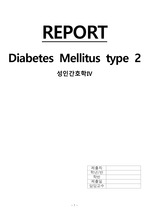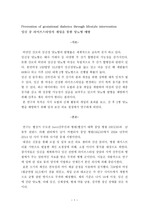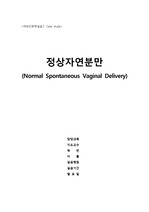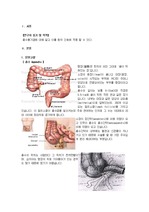

-
서지정보
· 발행기관 : 대한의사협회
· 수록지 정보 : 대한의사협회지 / 58권 / 10호 / 897 ~ 904페이지
· 저자명 : 김연희, 신종철
초록
Chronic hypertension is defined as an elevated blood pressure (BP) that predates conception or is detected before 20 weeks of gestation. It occurs in up to 5% of all pregnancies, and this incidence rate is increasing with the rising prevalence of women who conceive at an older age. Superimposed preeclampsia develops in about 25% of women with chronic hypertension and increases the risks of eclampsia, fetal intrauterine growth restriction, and stillbirth. The management of chronic hypertension remains controversial. According to systematic reviews and meta-analyses, antihypertensive agents are recommended to patients with severe hypertension (systolic BP ≥160 mmHg or diastolic BP ≥105 mmHg). They are not suggested for those with mild hypertension and no evidence of end-organ damage, however, due to the lack of evidence that pharmacologic treatment can improve perinatal outcomes in this population.
The optimal BP target is a systolic BP of 120 to 160 mmHg and a diastolic BP of 80 to 105 mmHg. In antenatal care, fetal surveillance should be performed to detect abnormal fetal growth through regular ultrasonography examinations, and in those with fetal intrauterine growth restriction, umbilical arterial Doppler velocimetry should be used. In women at risk of preeclampsia, low-dose aspirin might reduce the possibility of its occurrence. Women with a hypertensive disorder during pregnancy are at increased risk of chronic hypertension, cardiovascular disease, and thromboembolism in later life; therefore, appropriate postnatal BP control and health interventions such as smoking cessation and obesity control should be proposed.영어초록
Chronic hypertension is defined as an elevated blood pressure (BP) that predates conception or is detected before 20 weeks of gestation. It occurs in up to 5% of all pregnancies, and this incidence rate is increasing with the rising prevalence of women who conceive at an older age. Superimposed preeclampsia develops in about 25% of women with chronic hypertension and increases the risks of eclampsia, fetal intrauterine growth restriction, and stillbirth. The management of chronic hypertension remains controversial. According to systematic reviews and meta-analyses, antihypertensive agents are recommended to patients with severe hypertension (systolic BP ≥160 mmHg or diastolic BP ≥105 mmHg). They are not suggested for those with mild hypertension and no evidence of end-organ damage, however, due to the lack of evidence that pharmacologic treatment can improve perinatal outcomes in this population.
The optimal BP target is a systolic BP of 120 to 160 mmHg and a diastolic BP of 80 to 105 mmHg. In antenatal care, fetal surveillance should be performed to detect abnormal fetal growth through regular ultrasonography examinations, and in those with fetal intrauterine growth restriction, umbilical arterial Doppler velocimetry should be used. In women at risk of preeclampsia, low-dose aspirin might reduce the possibility of its occurrence. Women with a hypertensive disorder during pregnancy are at increased risk of chronic hypertension, cardiovascular disease, and thromboembolism in later life; therefore, appropriate postnatal BP control and health interventions such as smoking cessation and obesity control should be proposed.참고자료
· 없음태그
-
자료후기
-
자주묻는질문의 답변을 확인해 주세요

꼭 알아주세요
-
자료의 정보 및 내용의 진실성에 대하여 해피캠퍼스는 보증하지 않으며, 해당 정보 및 게시물 저작권과 기타 법적 책임은 자료 등록자에게 있습니다.
자료 및 게시물 내용의 불법적 이용, 무단 전재∙배포는 금지되어 있습니다.
저작권침해, 명예훼손 등 분쟁 요소 발견 시 고객센터의 저작권침해 신고센터를 이용해 주시기 바랍니다. -
해피캠퍼스는 구매자와 판매자 모두가 만족하는 서비스가 되도록 노력하고 있으며, 아래의 4가지 자료환불 조건을 꼭 확인해주시기 바랍니다.
파일오류 중복자료 저작권 없음 설명과 실제 내용 불일치 파일의 다운로드가 제대로 되지 않거나 파일형식에 맞는 프로그램으로 정상 작동하지 않는 경우 다른 자료와 70% 이상 내용이 일치하는 경우 (중복임을 확인할 수 있는 근거 필요함) 인터넷의 다른 사이트, 연구기관, 학교, 서적 등의 자료를 도용한 경우 자료의 설명과 실제 자료의 내용이 일치하지 않는 경우
찾으시던 자료가 아닌가요?
지금 보는 자료와 연관되어 있어요!
문서 초안을 생성해주는 EasyAI



















